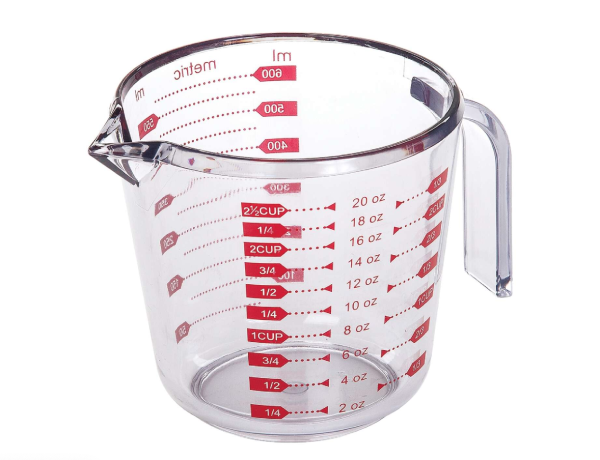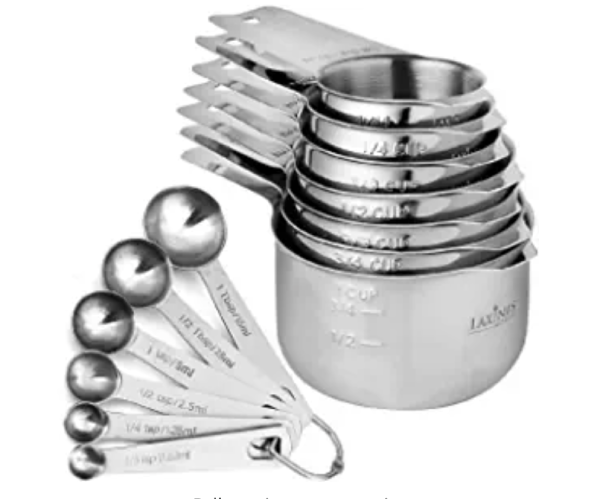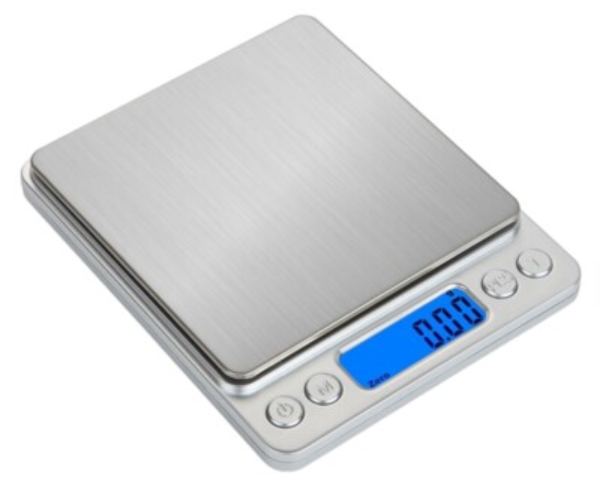Spatula
Stirring device useful for folding liquids (specifically liquid lubes) into whipped lipids (such as fluffy Crisco).
Shaker
Any container with a closed lid that allows mixing of emulsifiers with water via vigorous shaking.
Whisk / Whisk Attachment
Stirring devices that decrease clumping of powdered lubes due to the wire-like design, also helpful in creaming lipids.
Stick Blender / Immersion Blender
Small stick blenders suitable for 1) travel and 2) use in cylindrical containers.
Hand Mixer
Hand mixer suitable for 1) whipping solid lipids into creams and 2) combining water with powder while boiling or microwaving.
Blender / Bullet Blender
Multi-speed blenders for mixing less viscous lubes at low speeds. Fast speeds slice molecular chains and decrease lubricity.
Food Processor
Blender-like mixers that whip highly viscous materials such as shortenings and gums.
Mix Master / Stand Mixer
Stationary mixers that can whisk solid lipids into creams and powdered lubes into liquids.
Stove
Heating unit that increases the lubricity and clarity of PEO-based lubes.
Microwave
Heating unit that increases the lubricity of PEOs and can result in extremely viscous, highly aerated lubes.




